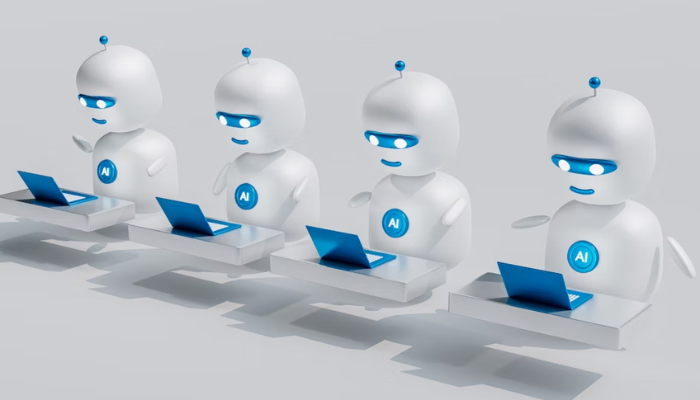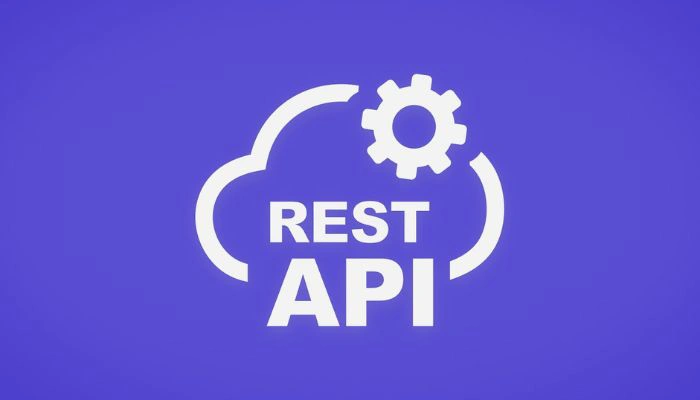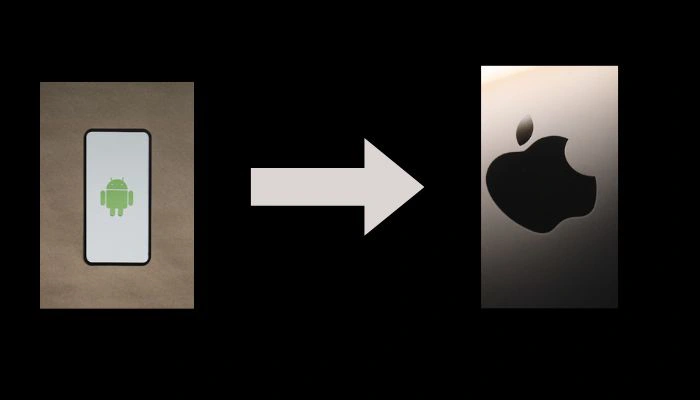What Is A Headless Content Management System (CMS)
Businesses are constantly seeking innovative ways to deliver engaging and personalized content across a myriad of platforms. From websites and mobile apps to smart devices and IoT, the demand for versatile content delivery has never been higher. Traditional content management systems, while once the standard, often present limitations when faced with this multi-channel imperative.
Enter the Headless Content Management System (CMS). A headless CMS is a revolutionary approach to content management that fundamentally separates the content creation and storage backend (the "body") from the presentation layer frontend (the "head"). This innovative decoupling empowers organizations to create, manage, and distribute content seamlessly across any digital touchpoint, offering unparalleled flexibility and future-proofing their digital strategies.
If you're looking to understand how a headless CMS can transform your content strategy, enhance developer agility, and future-proof your digital presence, read on. We'll delve into the core concepts, explore its advantages and disadvantages, and help you determine if this modern content architecture is the right fit for your business needs.
How Does a Headless Content Management System Work?
To truly grasp the power of a Headless Content Management System, it's crucial to understand its underlying architecture and how it operates. Unlike traditional, monolithic CMS platforms where the content and its presentation are tightly coupled, a headless CMS functions more like a content repository and a powerful API engine.
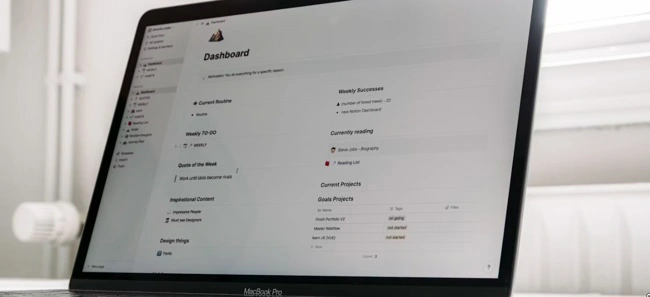
At its heart, a headless CMS comprises two main components:
- The Backend (Content Repository): This is where all your content is created, organized, stored, and managed. It provides a user-friendly interface for content creators, editors, and marketers to input text, images, videos, and other digital assets. Think of it as a pure content hub, focused solely on the data itself, without any preconceived notions of how it will be displayed. This content is typically stored in a structured format, often leveraging content models to define the types of content and their associated fields (e.g., a blog post might have fields for title, author, publish date, and body text).
- The API (Application Programming Interface): This is the bridge that connects your content to any "head" or presentation layer. Once content is created and stored in the backend, the headless CMS exposes it via APIs (most commonly RESTful APIs or GraphQL). These APIs act as a set of rules and protocols that allow external applications (your website, mobile app, smartwatch app, etc.) to request and retrieve the content. The content is delivered in a raw, presentation-agnostic format, typically JSON or XML, allowing the consuming application to render it in any way it sees fit.
This separation means that the headless CMS doesn't dictate the visual design, user interface, or how the content is ultimately displayed. Instead, frontend developers are free to use their preferred programming languages, frameworks (like React, Angular, Vue.js), and tools to build the "head" that consumes the content via the API. This enables true omnichannel delivery, as the same content can be pulled and presented on a website, a mobile app, a smart display, or even a voice assistant, all from a single source of truth.
The workflow typically looks like this:
- Content Creation: Content teams create and manage content within the headless CMS backend.
- Content Storage: The content is stored in the CMS's database.
- API Exposure: The CMS makes the content available via its API.
- Frontend Development: Developers build the user-facing applications (websites, mobile apps) using their chosen technologies.
- Content Consumption: The frontend applications make API calls to the headless CMS to retrieve the necessary content.
- Content Presentation: The frontend applications render and display the content to the end-user.
This decoupled approach offers immense agility and scalability, allowing independent development and deployment of the backend and frontend, and paving the way for highly customized and performant digital experiences.
=> Explore our Development for ERP & CMS Solutions
Headless CMS vs. Traditional CMS: A Fundamental Difference

The architectural distinction between a Headless Content Management System and a traditional CMS is profound and has significant implications for how organizations manage and deliver their digital content. Understanding this difference is key to appreciating the benefits and considerations of adopting a headless approach.
Traditional CMS (Monolithic Architecture)
A traditional CMS, often referred to as a "monolithic" CMS (e.g., WordPress, Drupal, Joomla), bundles the content management backend and the frontend presentation layer into a single, integrated system.
Advantages of Traditional CMS
- Ease of Use for Non-Technical Users: Often comes with pre-built templates, themes, and visual editors, making it easy for marketers and content creators to build and launch websites without extensive technical knowledge.
- Rapid Development for Simple Websites: Quick to deploy for straightforward websites with standard functionalities.
- Integrated Solutions: Typically includes built-in features for SEO, analytics, user management, and other website functionalities, offering an all-in-one solution.
- Large Communities and Resources: Popular traditional CMS platforms have extensive communities, plugins, and support resources available.
Disadvantages of Traditional CMS
- Limited Flexibility and Customization: Constrained by the platform's architecture, themes, and plugins, making it challenging to implement highly customized designs or integrate with diverse external systems.
- Slower Performance: Can suffer from slower page load times due to server-side rendering and potentially bloated codebases.
- Vendor Lock-in: Switching to a different CMS can be a complex and costly process, requiring a complete rebuild.
- Challenging for Omnichannel Delivery: Primarily designed for web-based content, making it difficult to seamlessly deliver content to multiple channels like mobile apps, IoT devices, or emerging platforms without significant rework or content duplication.
- Scalability Challenges: Scaling can be more complex as both the backend and frontend need to scale together.
Headless Content Management System (Decoupled Architecture)
As discussed, a headless CMS separates the content management from the presentation layer.
Advantages of Headless CMS
- Omnichannel Content Delivery: Enables content to be created once and published everywhere – websites, mobile apps, smart devices, wearables, kiosks, etc.
- Developer Freedom and Flexibility: Developers can use any frontend framework, programming language, or tool they prefer, leading to more innovative and optimized user experiences.
- Improved Performance and Scalability: Frontends can be highly optimized for speed, and the decoupled nature allows for independent scaling of the content backend and the presentation layer. Often leverages CDNs for faster content delivery.
- Future-Proof Architecture: Easily adapts to new technologies and channels as they emerge, without requiring a complete overhaul of the content infrastructure.
- Enhanced Security: By separating the content from the public-facing presentation, the attack surface is reduced.
- API-First Approach: Facilitates seamless integration with other third-party services like e-commerce platforms, CRMs, marketing automation tools, and analytics platforms.
Disadvantages of Headless CMS:
- Requires Technical Expertise: Implementing and managing a headless CMS typically requires developers with expertise in API integration and frontend development.
- Lack of Built-in Preview: Often lacks a visual "what you see is what you get" (WYSIWYG) editor for marketers, requiring a separate preview environment to see how content will appear on different channels.
- Increased Initial Setup Complexity: Setting up the frontend and integrating it with the headless CMS can be more time and resource-intensive initially.
- Additional Tooling Required: May necessitate additional tools for tasks like SEO, analytics, and marketing automation, which are often bundled in traditional CMS platforms.
In essence, a traditional CMS offers a simpler, all-in-one solution ideal for basic websites and marketing teams without deep technical resources. A Headless Content Management System, on the other hand, provides unparalleled flexibility, scalability, and omnichannel capabilities, making it the preferred choice for complex digital ecosystems, multi-platform strategies, and development-heavy teams.
Here's a quick comparison table:
| Feature | Traditional CMS | Headless CMS |
| Architecture | Monolithic (Content & Presentation Coupled) | Decoupled (Content & Presentation Separated) |
| Frontend Control | Limited by themes/templates | Unlimited (any technology) |
| Content Delivery | Primarily web-based | Omnichannel (web, mobile, IoT, etc.) |
| Developer Flexibility | Low (CMS-specific languages/frameworks) | High (any modern tech stack) |
| Performance | Can be slower (server-side rendering) | Generally faster (optimized frontends, CDNs) |
| Scalability | More challenging (monolithic scaling) | Easier (independent scaling of components) |
| Ease of Use for Marketers | High (visual editors, built-in tools) | Lower (requires separate preview, more technical) |
| Integration with 3rd Parties | Often through plugins, sometimes limited | API-first, seamless integration |
| Future-Proofing | Less adaptable to new technologies | Highly adaptable, future-proof |
| Security | Integrated, potentially larger attack surface | Enhanced (separated layers) |
When is a Headless Content Management System the Right Choice for Your Business?
Deciding whether a Headless Content Management System is the optimal solution for your business depends on various factors, including your current digital needs, future aspirations, technical capabilities, and budget. While it offers significant advantages, it's not a one-size-fits-all solution.
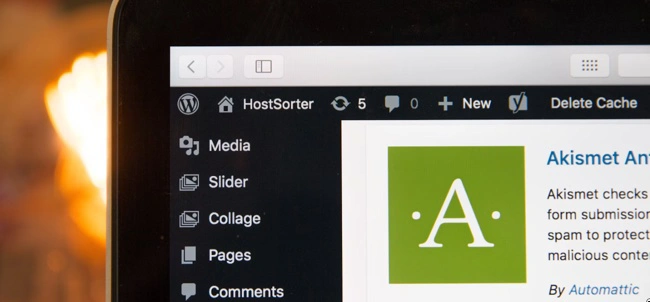
Here are several scenarios where adopting a headless CMS becomes a compelling and strategic choice:
Omnichannel Content Delivery is a Priority: If your strategy involves delivering content to multiple platforms beyond a traditional website—such as mobile apps (iOS/Android), smartwatches, IoT devices, digital signage, voice assistants, or even augmented/virtual reality experiences—a headless CMS is almost essential. It allows you to create content once and seamlessly publish it everywhere, ensuring consistency and efficiency.
You Require Maximum Frontend Flexibility and Innovation: For businesses that want complete control over their user experience and design, or whose development teams prefer working with cutting-edge frontend frameworks (like React, Vue.js, Angular, Next.js, Gatsby), a headless CMS provides unparalleled freedom. It allows developers to build highly customized, performant, and innovative "heads" without being constrained by CMS templates.
Performance and Scalability are Critical: If your website or application experiences high traffic, needs lightning-fast load times, or anticipates significant growth, a headless CMS can deliver superior performance. By decoupling the frontend, you can leverage modern caching mechanisms, static site generation, and content delivery networks (CDNs) for optimized speed and efficient scaling.
Your Business Operates a Complex Digital Ecosystem: When your digital presence involves multiple interconnected systems, such as e-commerce platforms, CRMs, marketing automation tools, or internal applications, a headless CMS excels at seamless integration via its API-first approach. It acts as a central content hub, feeding data to all these disparate systems.
You Are Building a Progressive Web App (PWA) or Single Page Application (SPA): Headless CMS architectures are a natural fit for PWAs and SPAs, which rely on client-side rendering and API calls for data. This combination leads to highly interactive, app-like experiences.
Your Development and Content Teams Operate Independently: The decoupled nature of a headless CMS allows development teams to work on the frontend independently of content teams, creating and managing content in the backend. This parallel workflow can significantly speed up development cycles and reduce bottlenecks.
You Want to Future-Proof Your Technology Stack: Technology evolves rapidly. A headless CMS allows you to swap out frontend technologies or integrate with new channels without having to rebuild your entire content infrastructure. This makes your digital presence more resilient and adaptable to future trends.
You Have a Strong In-House Development Team or Dedicated Resources: While the long-term benefits are substantial, the initial setup and ongoing management of a headless CMS often require more technical expertise than a traditional CMS. If you have a capable development team or are willing to invest in one, a headless CMS can be a powerful asset.
When a Headless CMS Might Not Be the Best Fit
- Simple Blog or Brochure Website: For very basic websites with limited content delivery needs and no plans for multi-channel expansion, a traditional CMS might offer a simpler, quicker, and more cost-effective solution.
- Limited Technical Resources: If your team lacks the necessary development skills for API integration and frontend development, the initial learning curve and implementation effort could be prohibitive.
- Strict Budget Constraints for Development: While potentially cost-effective in the long run due to efficiency, the upfront development costs for a custom frontend might be higher than simply using a pre-built theme on a traditional CMS.
- Marketers Require a Pure WYSIWYG Experience: If your marketing team heavily relies on visual drag-and-drop page builders and immediate "what you see is what you get" editing, the lack of a built-in visual frontend in a pure headless CMS might be a significant adjustment. (Note: Some hybrid CMS solutions try to bridge this gap).
Ultimately, the decision comes down to a careful evaluation of your specific business goals, technical capabilities, and long-term digital strategy. For forward-thinking businesses aiming for agility, scalability, and truly omnichannel experiences, a Headless Content Management System offers a powerful and future-ready foundation.
The Future of Headless Content Management System
The trajectory of the Headless Content Management System market points towards continued evolution, driven by the increasing complexity of digital experiences and the integration of emerging technologies. The future of headless CMS is not just about decoupling content; it's about making content smarter, more dynamic, and even more accessible across an ever-expanding digital frontier.

Several key trends are shaping the future of headless CMS:
1. AI and Machine Learning Integration
Expect to see deeper integration of AI and ML capabilities directly into headless CMS platforms. This will manifest in features like automated content tagging, intelligent content recommendations, personalized content delivery, AI-powered content generation assistance, and advanced analytics for content performance. AI can help content teams work more efficiently and deliver highly relevant experiences at scale.
2. Increased Focus on Developer Experience (DX)
While headless CMS already caters to developers, platforms will continue to refine their tooling, documentation, and SDKs to make content consumption and frontend development even more seamless and enjoyable. This includes improved GraphQL support, CLI tools, and better integration with popular frontend frameworks.
3. Hybrid Headless and Composable Architectures
The distinction between "pure headless" and "traditional" will blur further with the rise of hybrid CMS solutions. These platforms aim to offer the flexibility of headless while providing some level of visual editing or pre-built frontend components for marketers, bridging the gap between developer freedom and marketer usability. The broader trend of "composable DXP" (Digital Experience Platform) will see headless CMS as a core component, integrating seamlessly with other best-of-breed services like e-commerce, personalization engines, and analytics.
4. Edge Computing and Serverless Functions
As performance becomes paramount, headless CMS will increasingly leverage edge computing and serverless functions to deliver content even faster and closer to the end-user, reducing latency and improving global reach.
5. Advanced Content Modeling and Workflow Automation
Content modeling capabilities will become even more sophisticated, allowing for richer, more interconnected content structures. Workflow automation within the CMS will streamline content creation, review, and publishing processes, especially for large, distributed teams.
6. Enhanced Personalization and Customer Journey Orchestration
Headless CMS platforms will play a central role in delivering highly personalized experiences by integrating more tightly with personalization engines and customer data platforms (CDPs). This will enable marketers to orchestrate complex customer journeys across various touchpoints, driven by dynamic content.
7. Open Source Growth and Community Driven Innovation
Open-source headless CMS solutions will continue to gain traction, fostering community-driven innovation and providing cost-effective, customizable options for businesses of all sizes.
In essence, the future of the Headless Content Management System is about empowering businesses to deliver contextual, personalized, and performant digital experiences anywhere, anytime, with greater efficiency and agility than ever before. It's a foundational technology for the ever-evolving digital landscape.
Conclusion
The digital world is constantly evolving, demanding agile and adaptable content strategies. A Headless Content Management System stands out as a powerful solution, liberating your content from rigid presentation layers and enabling true omnichannel delivery. By separating the content backend from any frontend, it offers unparalleled flexibility for developers, enhanced performance, superior scalability, and the ability to future-proof your digital investments. While it may require a greater initial technical commitment, the long-term benefits in terms of efficiency, innovation, and reach make it an increasingly essential tool for businesses looking to thrive in a multi-platform environment.
Ready to explore how a Headless Content Management System can revolutionize your content strategy and unlock new possibilities for your digital presence? Contact our experts today for a personalized consultation!

